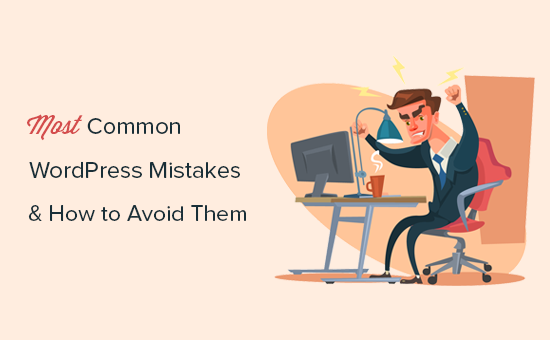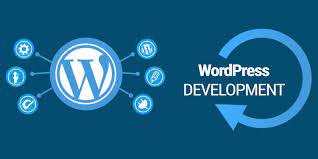Introduction
Are you a WordPress user? If so, you're likely aware of the many benefits of using WordPress for your website. However, there are some common mistakes that WordPress users make that can have a negative impact on their website's performance. In this article, we'll discuss the top WordPress mistakes to avoid and how to make sure you don't make them. By avoiding these common errors, you can ensure that your WordPress website runs smoothly and performs optimally. So, if you're looking to maximize the success of your WordPress website, read on to learn more about the top WordPress mistakes to avoid.
Backing Up Your WordPress Site: A Must for Every User
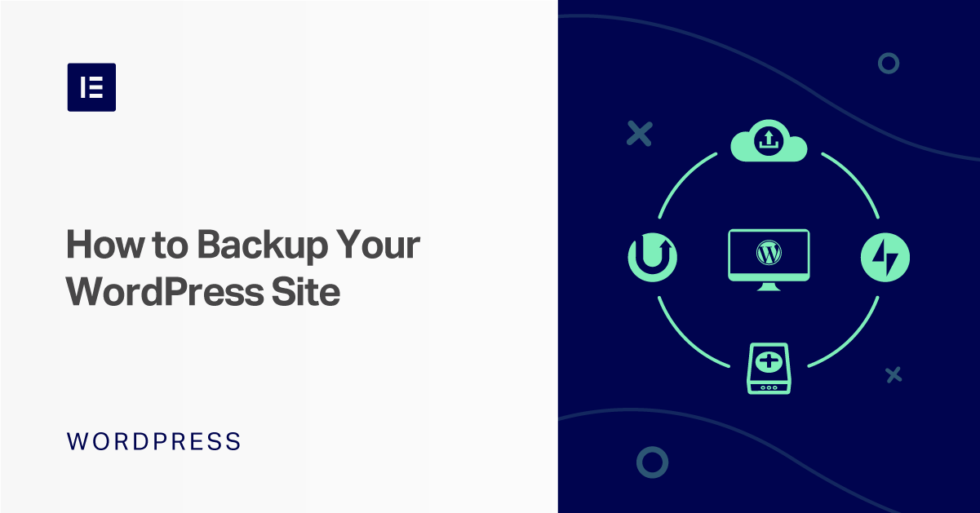
Backing up your WordPress site is easy and can be done with a few simple steps. First, you need to decide what type of backup you want to create. You can choose from a full backup, which includes all of your website’s files and database, or a partial backup, which only includes certain files and databases. Once you have chosen the type of backup you want to create, you can use a plugin or a service to create the backup.
Once you have created the backup, you need to store it in a secure location. This can be a local hard drive, an external hard drive, or a cloud storage service. You should also consider setting up a regular backup schedule, so that you can make sure your website is always backed up.
Backing up your WordPress site is an important part of website maintenance and security. It is the best way to ensure that your website is always safe and secure, and that you can quickly restore it in the event of a disaster. With regular backups, you can rest assured that your website is always safe and secure.
Choosing the Right WordPress Theme: Don't Get Stuck with a Poor Design
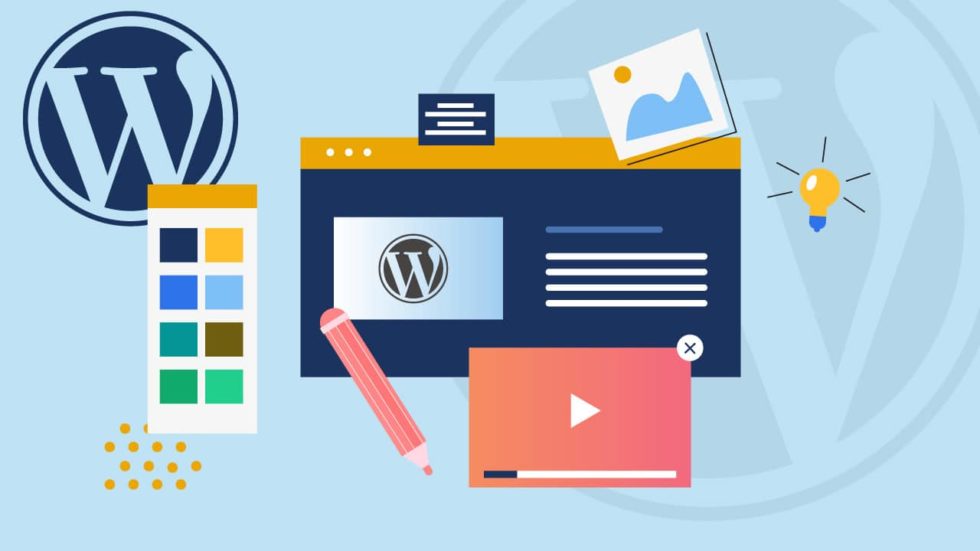
Choosing the right WordPress theme for your website is one of the most important decisions you can make. A poorly designed theme can lead to a website that looks unprofessional, is difficult to navigate, and fails to engage visitors. On the other hand, a well-designed theme can help you create a website that looks great, is easy to use, and helps you achieve your goals.
When selecting a WordPress theme, there are several factors to consider. First, make sure the theme is compatible with the latest version of WordPress. This will ensure that the theme is up-to-date and secure. Second, look for a theme that is responsive, meaning it will look great on both desktop and mobile devices. Third, consider the features and customization options available. Many themes offer a variety of customization options, such as custom colors, fonts, and layouts. Fourth, make sure the theme is well-supported. Look for a theme that has an active support forum or a knowledgeable developer who can help you with issues you may have.
In addition to technical considerations, you should also think about the overall of the theme. Does match the style and tone your website? Does it have a modern, professional look? Is it easy to navigate? Does it make it easy for visitors to find the information they’re looking for?
Finally, consider the cost of the theme. While it’s tempting to go for the cheapest option, it’s important to remember that you get what you pay for. Investing in a quality theme can save you time and money in the long run.
Choosing the right WordPress theme is an important decision that can have a major impact on the success of your website. Make sure you take the time to do your research and select a theme that meets your needs and will help you create a website that looks great and functions well.
Avoiding Security Vulnerabilities: Keep Your Site Safe from Hackers
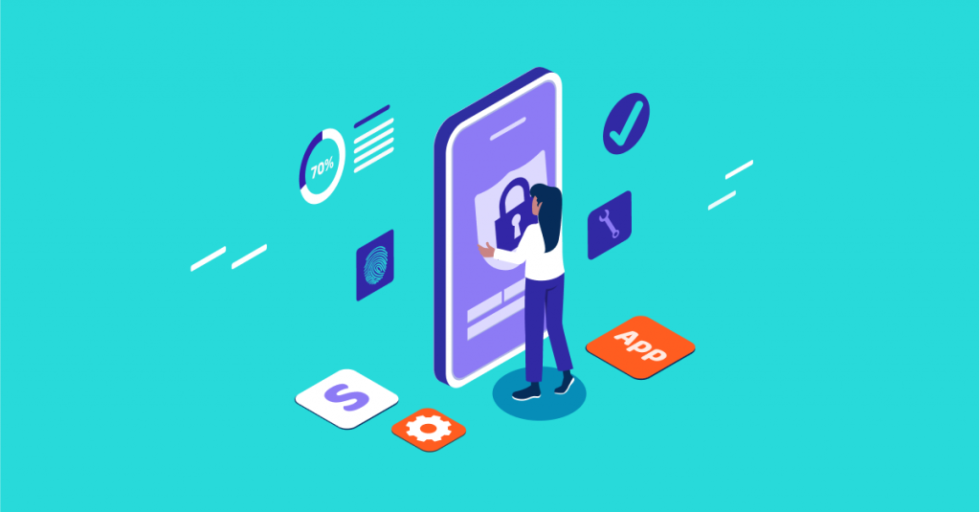
As a website owner, you have a responsibility to protect your website from malicious attacks. Unfortunately, hackers are always looking for new ways to exploit security vulnerabilities and gain access to sensitive information. That’s why it’s essential to take the necessary steps to avoid security vulnerabilities and keep your site safe from hackers.
The first step in avoiding security vulnerabilities is to ensure that your website is running the latest version of its software. Outdated software can contain security flaws that hackers can exploit. Keeping your software up to date will help to reduce the risk of attack.
You should also use strong passwords for all of your accounts. Weak passwords are easy to guess and can be used to gain access to your website. Make sure that your passwords are at least 8 characters long and contain a combination of upper and lowercase letters, numbers, and symbols.
It’s also important to use secure protocols when transferring data. Unencrypted data can be intercepted and used to gain access to your website. Make sure that you are using secure protocols such as SSL/TLS to protect your data.
You should also use a web application firewall (WAF) to protect your website from malicious attacks. A WAF will monitor your website for suspicious activity and block any malicious requests.
Finally, you should use a reputable hosting provider. Cheap hosting providers may not have the necessary security measures in place to protect your website from attack. Make sure that you are using a reputable hosting provider that has the necessary security measures in place.
By taking the necessary steps to avoid security vulnerabilities, you can help to keep your website safe hackers. Make sure that you are running the latest version of your software, using strong passwords, using secure protocols, using a WAF, and using a reputable hosting provider. By doing so, you can help to ensure that your website is safe from malicious attacks.
Choosing the Right Plugins: Make Sure You Get the Features You Need
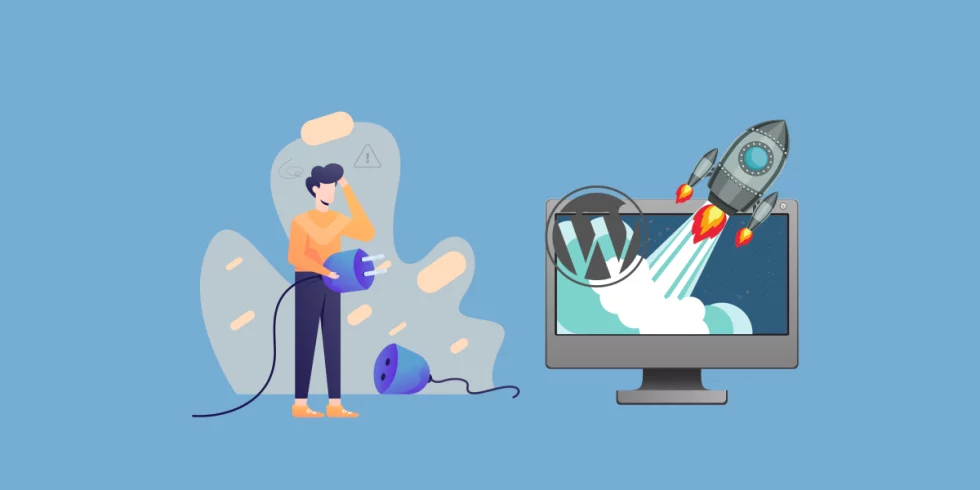
When it comes to choosing the right plugins for your website, it’s important to make sure you get the features you need. Plugins are powerful tools that can help you extend the functionality of your website, but if you don’t choose the right ones, you could end up with a website that doesn’t work as well as it should.
The first step in choosing the right plugins is to determine what features you need. Do you need a plugin that will help you optimize your website for search engines? Do you need a plugin that will help you manage your content? Do you need a plugin that will help you create a contact form? Once you’ve identified the features you need, you can start looking for plugins that offer those features.
When you’re looking for plugins, it’s important to make sure that they are compatible with your website. Some plugins are designed to work with specific content management systems, so you’ll want to make sure that the plugin you choose is compatible with your website. You should also make sure that the plugin is up to date and that it is regularly updated by the developer. This will ensure that the plugin is secure and that it will continue to work properly.
It’s also important to make sure that the plugin you choose is reliable. You should read reviews of the plugin to make sure that other users have had good experiences with it. You should also make sure that the plugin is well-supported by the developer. If the developer is responsive to user feedback and is willing to help troubleshoot any issues that arise, then you can be sure that the plugin is reliable.
Finally, you should make sure that the plugin is easy to use. You don’t want to spend hours trying to figure out how to use a plugin. Look for plugins that are intuitive and user-friendly.
Choosing the right plugins for your website is an important task. Make sure you get the features you need and that the plugin is reliable, compatible, and easy to use. With the right plugins, you can extend the functionality of your website and make sure that it works as well as it should.
Keeping Your WordPress Site Updated: Don't Let Outdated Software Put You at Risk
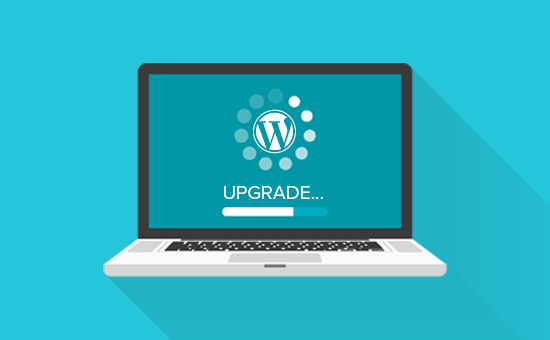
Maintaining your WordPress site is essential for the security and success of your online presence. Outdated software can put your site at risk of being hacked, or worse, taken down altogether. It’s important to keep your WordPress site updated to ensure that you’re not vulnerable to malicious attacks or other security issues.
When it comes to keeping your WordPress site up-to-date, there are two main components to consider: the WordPress core software and any plugins or themes you’ve installed. Both should be updated regularly to ensure that your site is running the latest version of the software.
Updating the WordPress core software is easy and can be done in just a few clicks. All you need to do is log into your WordPress dashboard, click on the Updates tab, and then click the Update Now button. This will ensure that your WordPress core software is running the latest version.
It’s also important to keep any plugins or themes you’ve installed up-to-date. Most plugins and themes will have an update button that you can click to update them. If you don’t see an update button, you can check the plugin or theme’s website for the latest version. It’s important to note that not all plugins and themes are compatible with the latest version of WordPress, so make sure to check the compatibility before updating.
Updating your WordPress site regularly is essential for the security and success of your online presence. Outdated software can put your site at risk of being hacked or taken down altogether. Keeping your WordPress core software and any plugins or themes you’ve installed up-to-date will ensure that your site is running the latest version of the software and is secure from malicious attacks. So don’t let outdated software put you at risk – keep your WordPress site updated!
Conclusion
Making mistakes when working with WordPress can be costly and time-consuming. By avoiding the most common WordPress mistakes, you can save yourself time, money, and frustration. Make sure you have a secure backup system in place, keep your WordPress version up to date, and be mindful of the plugins and themes you use. Additionally, pay attention to your website’s speed and security, and be sure to regularly check for broken links. By following these simple tips, you can ensure that your WordPress website runs smoothly and efficiently.

